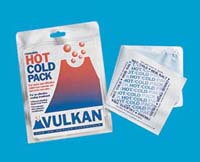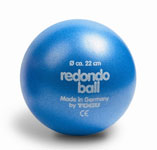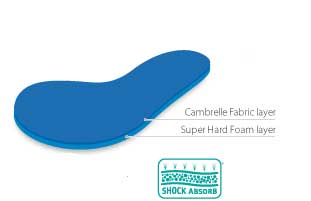Abdominal Strain & Football
May 17 2008 | Articles

What is Abdominal Strain?
Abdominal strain is a muscle tear which stems from extreme stretching beyond its natural capabilities. If flexing or twisting is done beyond the limit of the abdominal body parts involved, it results in strains. Usually, athletes experience stomach muscle strain leading to pain during sport activities. However, doing stomach exercises can also lead to abdominal strain sometimes. Abdominal strain injury is categorized according to its severity as first, second or third degree.
Signs and Symptoms of Abdominal Strain
First degree abdominal strain involves the damage of a few muscle fibres. Signs and symptoms are not evident unless the muscles are stretched or contracted. The affected individual will usually experience mild to moderate tightness or cramps in the midsection after the activity that caused the damage is over.
Second degree abdominal strain involves the damage of more muscle fibres. In this category, the individual feels pain when the muscles are stretched, contracted or touched. Pain experience can range from mild to moderate.
Third degree abdominal strain results from the rupture of the abdominal muscle completely. Pain is severe and the individual cannot move without experiencing pain. The damaged muscles may also be herniated as evidenced by bruising or internal tissue bleeding.
Treatment
During the occurrence of abdominal strain injury, it is important to immediately place an ice pack on the muscle to relieve pain and minimize tissue bleeding. Make sure that ice is wrapped before directly placing on to the skin to avoid burns. Injured individuals should rest in order to avoid further muscle damage. It is advised that first degree patients rest for 3 weeks, second degree patients for 4 to 6 weeks and third degree patients for 3 months or more.

View Reusable ice packs
It is important to consult a doctor to have a thorough assessment and diagnosis of the injury. Third degree abdominal strain sufferers may have to undergo surgical operation to repair the torn muscle.
Prevention Tips
It is recommended to do thorough warm up exercises for twenty minutes. Warming up will increase muscle temperature to make it more stretchable as well as improve concentration for the following exercise.
Core strength exercises are very useful since these improve movement, strength and flexibility. A Swiss Ball is a great tool when doing abdominal exercises.

Click here to view exercise balls
Regularly exercising the abdominal muscles will increase strength and stability which prevents injury from sports-related activities. Also, cooling down for five to ten minutes and stretching will help muscles heal faster. People should also increase carbohydrate intake and keep hydrated to keep their muscles energized. Foods like rice, pasta and oatmeal as well as energy drinks and fruit juices are great sources of carbohydrates.

Shock-Absorbing, Active Comfort, Anti-Bacterial Ultra-Fresh Insoles, Perfect for Football Shoes
